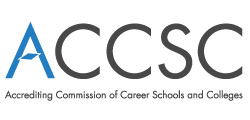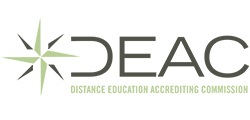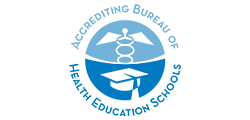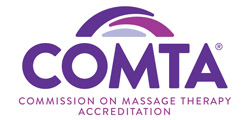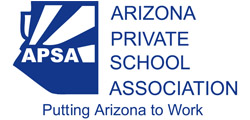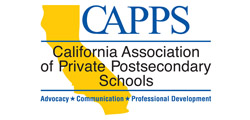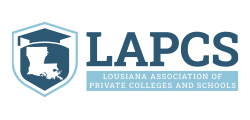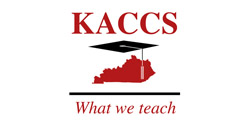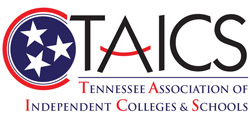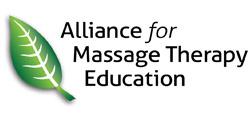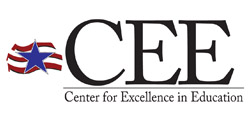Badge Evidence | Completed Courses (4 Hours Each)
ED103Student Learning and Assessment
Educators work with students who want to learn specific skills that will lead to fulfilling careers. As educational instructors it is our job to help each student to achieve this goal. Just as you may have a particular style of teaching that you prefer, your students have preferred ways of learning. This course will help you to identify the different learning styles of your students so that you can adjust your instruction to better accommodate them. Good teachers also regularly monitor the effectiveness of their instruction by assessing their students’ learning. This course will examine several aspects of assessment including how to create good tests, how to ask effective questions and how to get your students to actively participate in their learning by asking questions themselves.
ED104Class Management Strategies
This course provides methods and techniques for managing students and class activities. We start by reviewing the steps instructors need to follow as they introduce a class to new students. We then discuss strategies to effectively deal with unfocused and challenging students. The course ends by describing common mistakes made by instructors and ways to avoid them.
ED111RActive Learning Methods
This course provides an introduction to the concept and philosophy of active learning, and describes a variety of methods to help instructors "activ-ate" their class. The course includes active learning examples that utilize both critical and analytical thinking skills. We also identify the risks that may discourage instructors from using active learning strategies and offer suggestions for managing them. A three-step method is suggested for developing an active lesson, and a comprehensive model is offered as a guide for creative active learning strategies.
ED113Managing the Adult Classroom
This course compares and contrasts four styles of classroom management. The course includes "virtual visits" to animated classrooms where participants observe four instructors who exhibit different management styles. The style that is preferred by most students is identified and described, and suggestions are offered on how instructors can modify their personal style to increase their effectiveness. A four-step model for developing successful classroom management strategies is presented and is followed by a discussion of a practical, behavioral approach to classroom management. Characteristics that foster good discipline in the educational institution and in the classroom are listed and explained, and tips are offered that can improve both institution-wide and classroom discipline. Finally, a number of scenarios involving common discipline problems are described.
ED129Practical Applications for the Flipped Classroom
This course will provide you with an overview of various practical applications for the flipped classroom. The flipped classroom, also referred to as the inverted or reversed classroom, has been implemented in many classroom settings. This course will provide more information about engaging pedagogical models, just-in-time teaching, collaborative teaching and learning, and various components of the flipped classroom.
ED136Assessment Alternatives for Instructors
Career education programs prepare students to perform job tasks successfully in their chosen trade or profession. Providing opportunities beyond traditional quizzes and exams allows students to demonstrate and assess these skills and aids in this preparation. This course focuses on how you, the instructor, can identify and implement alternative assessments that support expected course outcomes and allow students to demonstrate their level of competency for a skill or task.
ED139Emotional Intelligence in Learning
Emotional Intelligence (EI) is an increasingly important field of study. The purpose of this course is to explore the relevancy of emotional intelligence in learning; and how understanding the importance of emotional intelligence supports student success. While instructors are more aware now of the various forms of intelligence, emotional intelligence has been undervalued in the past as a vital form of intelligence. Indeed, emotionally intelligent students may provide insight and application of knowledge in new and informative ways which can have positive impact on their learning progression and success.
ED146How Storytelling Benefits Learning
Many consider storytelling to be in the realm of fairytales and small children, but when storytelling is used well and with purpose, it can strengthen students' understanding no matter their age; it can also link contexts to aid in understanding, suggest applications to real life, and humanize the learning process. This course will identify the characteristics of storytelling that are useful in teaching and learning and will provide examples and contexts within which storytelling increases students' interest and connection. Characteristics of useful storytelling will be identified, as well as supportive resources. Examples will be given to help educators focus on the aspects of storytelling that will enhance their content and how these strategies will fit within various instructional settings.
ED148ChatGPT and Educational Uses
This course will provide an overview of ChatGPT and how it might impact education. With an artificial intelligence (AI) language processing tool, there could be endless possibilities. However, like any other technology, its use in education is to be considered carefully, because learning will be affected. The course begins with an overview of the history of chatbots and artificial intelligence and goes on to discuss how to use ChatGPT, how teachers and students may use it, and the advantages and disadvantages of its use.
ED400Coping with Stress and Burnout
Stress is something that is present throughout all workplaces in the world. It is often something that cannot be avoided, but instead, must be properly managed. Burnout on the other hand, is something that is less frequent, but far too prevalent. Burnout can cause even the best worker to slow down in productivity and quality (often dramatically). Throughout this course, we will discuss stress, burnout, and many of the causes that you may notice on even a daily basis. We will discuss how to appropriately handle and mitigate stressors, and how to lessen the risk of burnout occurring.
ED406Motivating Others
Motivation can be the difference between success and failure. In this course, the idea of how motivation impacts people will be discussed. Activities will focus on improving motivation in students, and other people you interact with, as well as yourself. The goal of this course is to help develop a better understanding of the topic, and produce tangible resources to help implement plans, strategies, and ideas at your institution. In addition to lecture videos, resource links, and assessments, you will be able to utilize Learning Activities, which will continue to be useful after successful completion of the course.
ED409Gamification in the Classroom
This course will explore the field of gamification and the way that gaming and gaming elements have come to impact our everyday lives, and can improve our courses. Focusing on easy-to-implement concepts, this course will help you to begin utilizing gamification elements to increase learner engagement and motivation, and increase overall student success.
The goal of this course is to help develop a better understanding of the topic and produce tangible resources to help implement plans, strategies, and ideas at your school. In addition to lecture videos, possible resource links, and assessments, you will be able to utilize the Journal and Learning Activities.
LS101RDo You Manage Or Lead?
This course explores the critical differences between management and leadership. Participants will be introduced to definitions and myths about each area as well as how management and leadership must coexist for an organization to operate effectively. Participants will explore their own management/leadership tendencies through exercises to see leadership and management in action.




